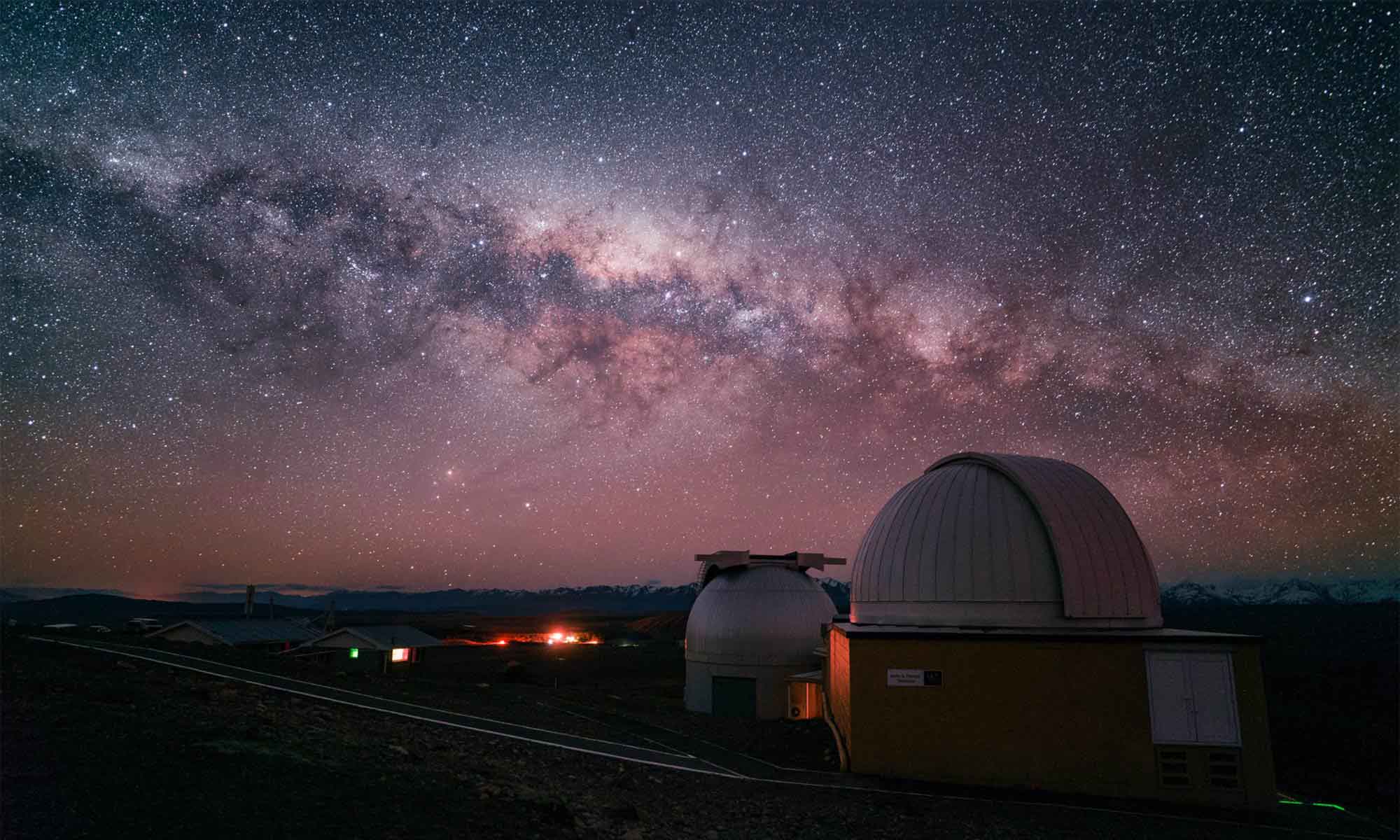A video tutorial for reducing noise in Milky Way photos with image stacking in Adobe Photoshop CS6 Extended.
Sometimes you just have to accept noisy images for your astrophotos. With astrophotography, you’re typically shooting at high ISO settings, often exceeding ISO 3200. Sometimes this is perfectly acceptable, but depending on your equipment limitations, you may be restricted to lower shutter speeds and smaller apertures where signals are low and noise is high. This video will show you what I do in those situations.
There are a variety of methods for noise reduction including built-in camera settings and noise reduction post processing algorithms such as the ones available in Adobe Lightroom. Let me start by saying that the noise reduction capabilities of Adobe Lightroom and the Nik Dfine 2 plug-in are nothing short of amazing. If you are not already using Lightroom as your RAW processor, you should highly consider it.
But there are times where your equipment is just too limiting and no matter what you do, the noise just plain terrible. This is where image stacking makes a huge difference in reducing noise in your images. The averaging of even 4 or more separate exposures will do wonders to images that you might have abandoned otherwise. Image stacking is pretty much what all astronomers use for their deep sky images.
Landscape astrophotography presents some challenges with image stacking methods though because we have to deal with relative motion of the stars to the ground. In this video lesson, I show you how I use image stacks of smart objects with a median statistics filter in Adobe Photoshop CS6 to reduce noise in my astrophotos.

I have Nikon D3300 with kit lens. how do i reduce noise while having a sharp image?
Thanks for sharing this min-blowing tutorial with us. This video tutorial helps many newbie. Keep sharing this type of awesome guides in future.
Regards, Shubahm
Ransomware attacks are on the rise, making data security very important. Therefore, you must get the robust protection by visiting mcafee.com/activate & norton.com/setup .
i have nikon D5300…Do i have this noise reduction in this model or i have to follow the tutorial?
Hello Ian, firt to say, I am a big fan of your work, please continue with it!
I have just a single maybe stupid question as I am a rookie in astrophotography and night timelapses. Can I use the same picture stacking for the timelapse in order to reduce the noise and should I do this long procedure for each and every single one of the pictures or there is an easier way to stack all of the sequences photo at once and ready for timelapse randering?
Thank you in advance you may do a video if it is too long for explanation.
Noise reduction is the art and science of reducing unwanted noise that appears in digital images shot under low light conditions.
So to avoid the reduction of noise use Best noise reduction software and reduce the effort of noise within a photograph.